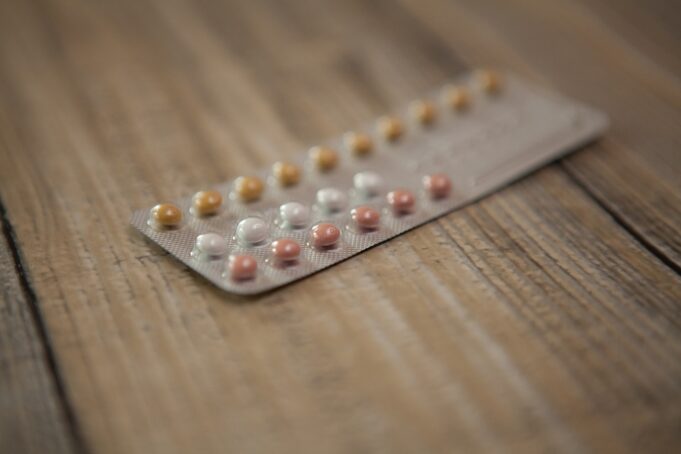The Future of Women’s Health: Wearable Technology for Estrogen Monitoring
In recent years, wearable technology has become increasingly popular. From fitness trackers to smartwatches, these devices have revolutionized the way we monitor our health and wellness. Now, a new type of wearable technology is emerging that could be particularly beneficial for women – estrogen monitoring devices.
Estrogen is a hormone that plays a crucial role in many aspects of women’s health. It affects everything from menstrual cycles to bone density to mood regulation. However, levels of this hormone can fluctuate significantly throughout the month, making it difficult for women to keep track of their hormonal status.
That’s where wearable estrogen monitoring devices come in. These small sensors can be worn on the skin or inserted into the body and provide real-time data about estrogen levels. By tracking these levels over time, women can gain valuable insights into their reproductive health and make informed decisions about contraception or fertility treatments.
One company at the forefront of this technology is Ava Science Inc., which produces a bracelet-like device called Ava Bracelet 2.0 that monitors multiple physiological parameters including temperature, pulse rate variability (PRV), breathing rate as well as resting heart rate and sleep quality to detect changes indicative during ovulation period while also providing information on pregnancy planning by predicting fertile days with an accuracy rating up to five days prior.
Another player in this space is Mira Fertility Tracker which offers personalized cycle predictions based on user inputs like basal body temperature (BBT) readings along with LH surge testing strips results offering more comprehensive insight into your menstrual cycle than just relying solely on BBT measurements alone.
These are just two examples among many other companies producing similar technologies designed specifically for female reproductive health needs such as Oova Smart Sensor & App which tracks vaginal discharge patterns using proprietary algorithms analyzing pH balance measurement data collected by its sensor unit attached inside underwear; Daysy Fertility Monitor uses basal body temperature readings taken upon waking up in the morning to predict ovulation period while also providing insights into menstrual cycle trends and patterns.
While these devices are still relatively new, they have already shown great promise in helping women better understand their bodies. In a study published in the Journal of Women’s Health, researchers found that using wearable estrogen monitoring technology led to improved knowledge about reproductive health among participants. Additionally, many users reported feeling more empowered and in control of their fertility after using these devices.
However, there are some potential downsides to consider as well. For example, some experts worry that relying too heavily on technology could lead to a decrease in face-to-face interactions with healthcare providers. Additionally, not all women may be comfortable wearing or inserting sensors into their bodies for extended periods of time.
Despite these concerns, it seems likely that wearable estrogen monitoring technology will continue to play an increasingly important role in women’s health moving forward. As more research is conducted and new innovations emerge, we can expect even greater advances in this field.
Future Advances
One area where we may see significant progress is in the development of non-invasive methods for measuring hormones like estrogen. Currently most available options require either blood tests or urine samples which can be inconvenient or uncomfortable especially when done repeatedly over time but future advancements such as saliva-based hormone testing kits offer less invasive alternatives without sacrificing accuracy levels compared with traditional methods making them ideal candidates for use by those seeking continuous hormonal tracking data points over long-term periods such as athletes training cycles etc…
Another promising avenue for innovation is integration with artificial intelligence (AI) algorithms designed specifically around female physiology patterns allowing real-time analysis based upon personalized user data sets generated from multiple sources including wearable sensors along with other types of inputs like dietary habits exercise routines sleep quality etc… This would allow much more precise predictions regarding optimal fertile windows than current models provide while also offering additional insights into overall wellness metrics beyond just reproductive health factors alone opening up possibilities beyond what has been traditionally available in women’s health technology.
In conclusion, wearable estrogen monitoring devices have the potential to revolutionize the way we think about women’s health. By providing real-time data and insights into hormonal fluctuations, these devices can help women make more informed decisions about their reproductive health and overall wellness. While there are still some challenges to be addressed, it seems likely that this technology will continue to grow in popularity and importance in the years ahead.
*Note: this site does not provide medical opinions or diagnosis and should not be relied upon instead of receiving medical attention from a licensed medical professional.




